Cannabinoid THC Dominant
THC 17.99 - 18.01%
CBD 0.55 - 0.8%
Effect Relaxed
Side Effect Depression
Flavor Berry
Cherry Death Star Strain
THC
CBD
Potency
Cherry Death Star strain is an evenly balanced hybrid (50% Sativa/50% Indica). The weed resulted through crossing two potent strains - Death Star and Cherry Pie. With myrcene and caryophyllene dominant terpenes, the Cherry Death Star cannabis flower has a berry, nutty flavor with woody and orange hints on the exhale. This marijuana bud boasts soothing and relieving effects, leaving smokers happy and often sleepy. Containing 18% THC on average, Cherry Death Star should be smoked by veteran users who are prepared for a potent high.
The cannabinoid content is rich, containing:
- CBD 0.8 - 0.55%
- CBC 0.23 - 0.27%
- CBG 0.06 - 0.25%
- CBN 0.09 - 0.28%
- THCV - 0.06 - 0.31%
Flavor and Terpenes
Combining both genetic backbones, the Cherry Death Star strain features a complex flavor with many undertones. Myrcene, as the dominant terpene, gives this weed a distinct sweet berry taste and citrus undertones. Caryophyllene is the second primary terpene responsible for woody and chestnut hints smokers can notice with exhale. In addition, the Cherry Death Star cannabis flower has flowery and lavender overtones.
Other terpenes ideally balance the flavor. They include:
- Pinene
- Humulene
- Limonene
- Linalool
Therapeutic Properties of Cherry Death Star
Named after its celebrity parentage, Cherry Death Star strain is the perfect high-powered hybrid for smokers who love either of its parent strains. Combining both ends of the spectrum, this marijuana bud gives a super stimulating high, hitting both mind and body with a high level of potency. Within the first few inhales, the Cherry Death Star cannabis makes users feel lifted, filling the brain with a creative effect that activates the senses. After a tingly body high, smokers will achieve a fully relaxed state and be at ease from head to toe.
With these sedative and relieving effects, the Cherry Death Star strain is used by medical patients to cope with the following health issues:
- PMS
- Pain
- Stress
- Fatigue
- Anorexia
- Insomnia
- Arthritis
- Alzheimer
- Hypertension
- Inflammation
- Muscle spasms
- Bipolar disorder
However, sensitive consumers may experience some negative effects that include:
- Dizzy
- Hunger
- Tingly
- Dry eyes
- Headache
- Depression
- Drowsiness
- Panic attacks
- Slurred speech
- Rapid heartbeat
- Low blood pressure
- Thirst and dry mouth
Information on Growing Cherry Death Star
Cherry Death Star strain produces long grape-shaped minty green buds covered with lots of yellow-orange hairs and a coating of golden crystal trichomes. The weed flowers within 55-62 days, allowing growers to pick the yield in 63 days. The flower can be successfully grown both indoors and outdoors, but only in second conditions will the plant reach 80 inches in height.
Side Effects
Simply let us know how this strain tastes or write a detailed review.
Cherry Death Star Strain Cannabinoids
| THC | Tetrahydrocannabinol, or THC, is a major cannabis chemical compound. It is a psychoactive element that stimulates dopamine release and induces euphoria or happiness. THC-rich strains may be helpful with such conditions as lack of appetite, chronic pains , etc. It is considered to be the primary active marijuana component. | 17.99 - 18.01% |
| CBD | Cannabidiol, or CBD, is a major compound in cannabis, which is non-psychoactive. It is also proved to counteract the side effects of the second major component THC. CBD is widely used for medicinal purposes in rubs, oils and so on. It is helpful in muscle pain cases, may treat arthritis and migraines. Even Greeks used it against pain, while Queen Victoria applied it to get rid of menstrual cramps. | 0.55 - 0.8% |
| CBC | Cannabichromene, or CBC, is a minor cannabinoid, meaning that its quantity in cannabis is quite little. Though it has the same origin as CBD and THC, it is different in functions. Without any psychoactive effects, it is an efficient cannabis compound in combating acne and depression. CBC produces analgesic, antibacterial and anti-inflammatory effects. | 0.23 - 0.27% |
| CBG | Cannabigerol, or CBG, is one of the minor cannabis compounds in adult plants. On the other hand, young ones contain a lot of this antibacterial and anti-inflammatory component. During the growth, CBG is converted into different cannabinoids, mostly THC and CBD. The compound itself increases appetite and decreases eye pressure. | 0.06 - 0.25% |
| CBN | Cannabinol, or CBN, is a trace element in cannabis that is considered to be mildly psychoactive. It appears from oxidation THC, exposed to light and heat. CBN is mostly contained in old cannabis and in traditional hashish. It is effective against insomnia, bacterial infections and appetite loss. | 0.09 - 0.28% |
| THCV | Tetrahydrocannabivarin, or THC-V, is a compound contained in cannabis in trace amounts. Even though it is close to THC molecularly, it is different in effects. This compound may be psychoactive only in large amounts. THC-V reduces blood sugar, controls appetite, stimulates bone growth, etc. African Sativa strains are the richest in THC-V. | 0.06 - 0.31% |
Cherry Death Star Terpene Profile
| Pinene | Pinene is one of the most widespread terpenes in nature, found in pine trees, basil, nutmeg, parsley, and rosemary. Cannabis containing terpene (alpha-pinene or α-pinene) boasts a strong pine scent. Pinene is responsible for anti-inflammatory, pain-relieving, and anti-anxiety effects. | 0.2% |
| Myrcene | Myrcene (also known as β-myrcene) is one of the most common terpenes found in cannabis, representing more than 20% of the modern marijuana terpene profile. Myrcene has a distinct earthy, musky flavor, resembling cloves. It is responsible for calming and soothing effects of weed. Myrcene is also found in hops, thyme, mango, lemongrass, guava melon. | 0.47% |
| Humulene | Humulene (also known as α-humulene) is one of the major terpenes found in cannabis, contributing to woody, earthy, spicy, herbaceous, and, mainly, floral aromas of cannabis. Used in modern medicine, humulene offers anti-inflammatory, antibacterial, and appetite suppressant effects, which have been well-researched by pharmaceutical companies. | 0.07% |
| Limonene | Limonene (also known as d-limonene) is the second most common terpene in nature and the third most common terpene in cannabis. It has a powerful citrus aroma and can be found in all citruses, including lemons, oranges, grapefruits, limes, juniper, etc. Limonene is known to elevate moods and provide anxiety, depression, and stress relief. | 0.01% |
| Linalool | Linalool (also known as beta linalool, linalyl alcohol, linaloyl oxide, and p-linalool) is one of the rarest terpenes found in cannabis, mostly in small quantities. Linalool is known for its spicy and lavender aroma, bringing relaxation and calming effects. It is also said to provide anti-inflammatory and analgesic properties that can be useful for athletes. | 0.01% |
| Caryophyllene | Caryophyllene (also known as beta or b caryophyllene) is a terpene found in many herbs and spices, such as black pepper, basil, rosemary, and oregano. Cannabis high in caryophyllene delivers a strong spicy, peppery aroma, resembling cinnamon and cloves. Caryophyllene offers potent anti-inflammatory and sedative effects. | 0.23% |
| Total terpenes content | 0.99% |
Growing Info
Similar Strains
THC 23 - 26%
CBD 1.75 - 2.44%
Effect Giggly
Flavor Lime
THC 17.33 - 19.33%
CBD 0.7 - 1.1%
Effect Creative
Flavor Spicyherbal
THC 18 - 20%
CBD 0.21 - 0.41%
Effect Giggly
Flavor Grape
THC 19 - 24%
CBD 0.66 - 0.88%
Effect Euphoric
Flavor Flowery
THC 15.5 - 20.5%
CBD 0.68 - 1.06%
Effect Tingly
Flavor Spicyherbal
THC 18 - 24.5%
CBD 0.48 - 0.95%
Effect Relaxed
Flavor Butter
THC 15.5 - 20.5%
CBD 0.21 - 0.31%
Effect Creative
Flavor Mango
THC 17.2 - 20.8%
CBD 0.27 - 0.5%
Effect Happy
Flavor Spicyherbal
THC 14 - 18%
CBD 0.49 - 1.04%
Effect Uplifted
Flavor Earthy
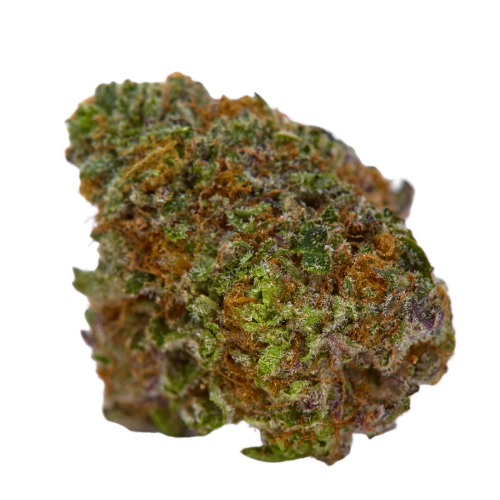
THC 21 - 24.5%
CBD 0.05 - 0.35%
Effect Sleepy
Flavor Sweet
THC 19 - 22%
CBD 0.62 - 1.19%
Effect Tingly
Flavor Nutty
THC 19 - 20%
CBD 0.4 - 0.59%
Effect Tingly
Flavor Flowery
THC 26 - 31.8%
CBD 0.49 - 0.9%
Effect Concentrated
Flavor Pine
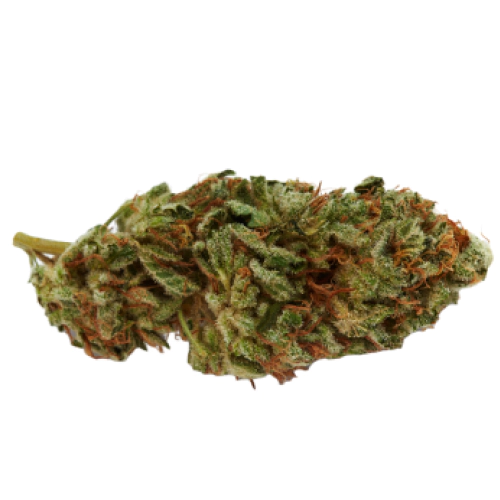
THC 16.23 - 19.57%
CBD 0.36 - 0.49%
Effect Relaxed
Flavor Earthy
THC 19 - 19%
CBD 0.2 - 0.49%
Effect Relaxed
Flavor Lime
THC 19 - 20%
CBD 1.15 - 1.27%
Effect Aroused
Flavor Tobacco
THC 12.16 - 16.78%
CBD 0.02 - 0.29%
Effect Sleepy
Flavor Tar
THC 17 - 19%
CBD 0.6 - 0.98%
Effect Sleepy
Flavor Sweet
THC 18 - 19%
CBD 1.15 - 1.4%
Effect Tingly
Flavor Sweet

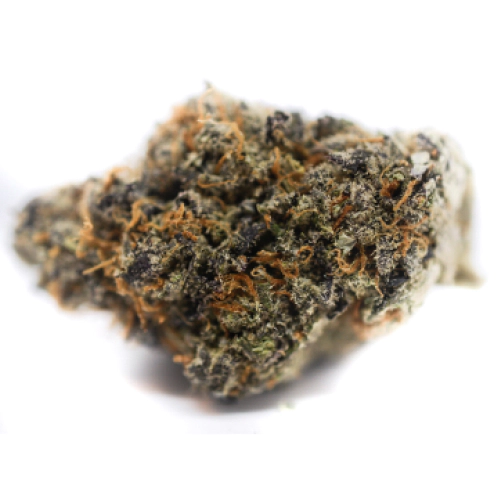
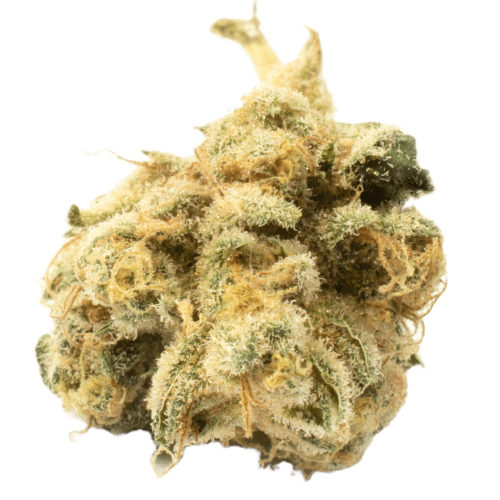
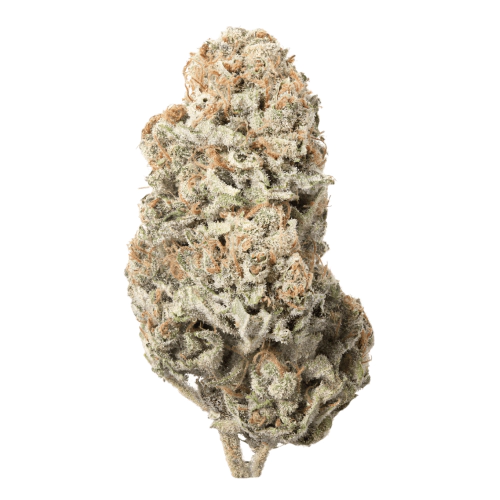


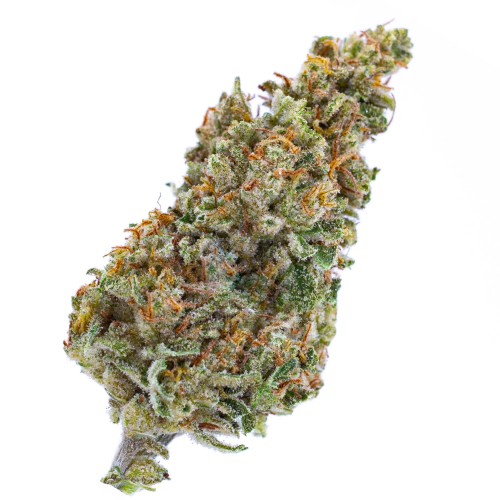
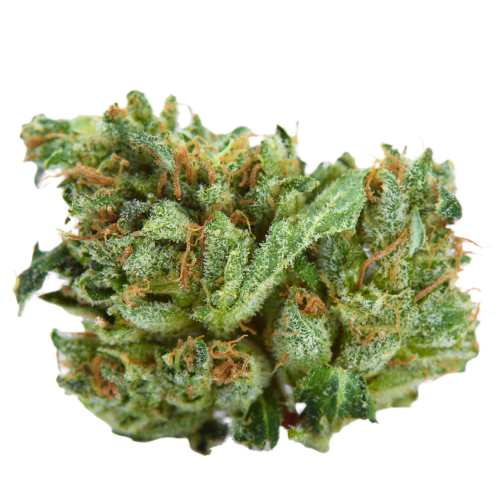

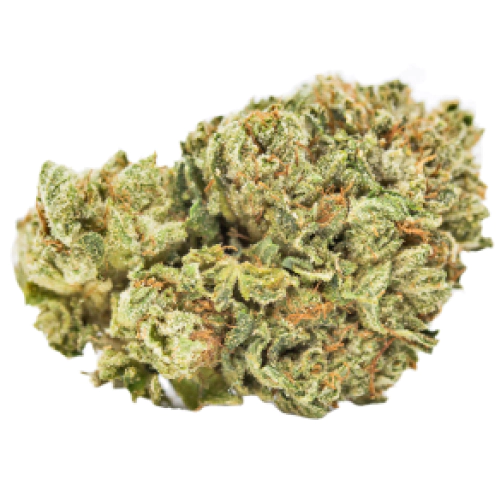
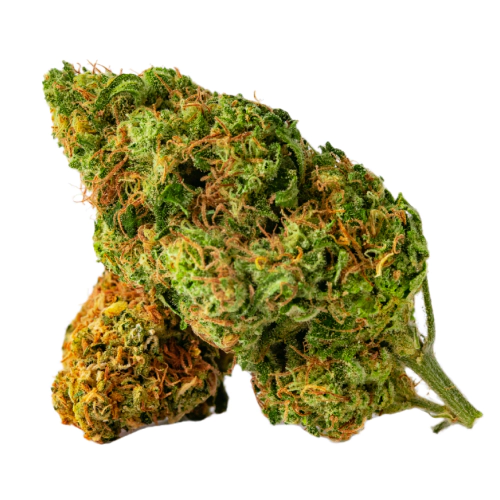
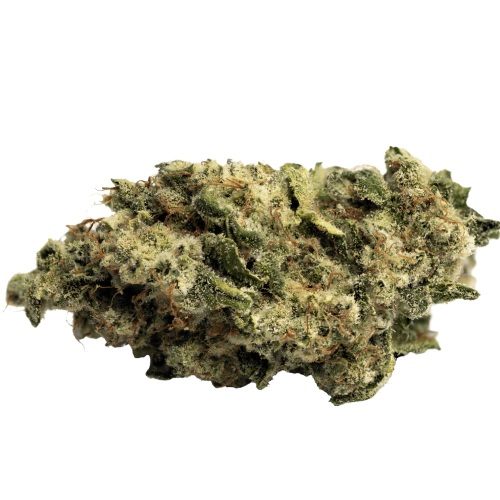
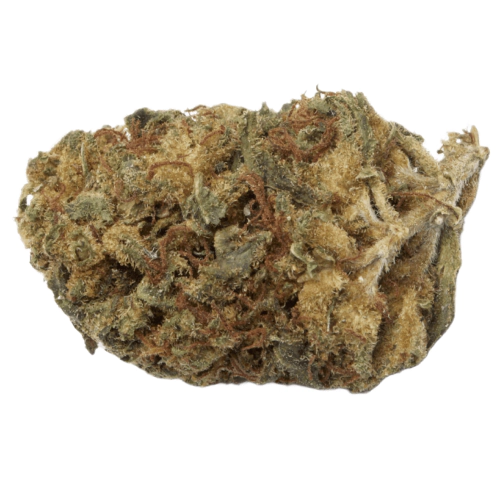
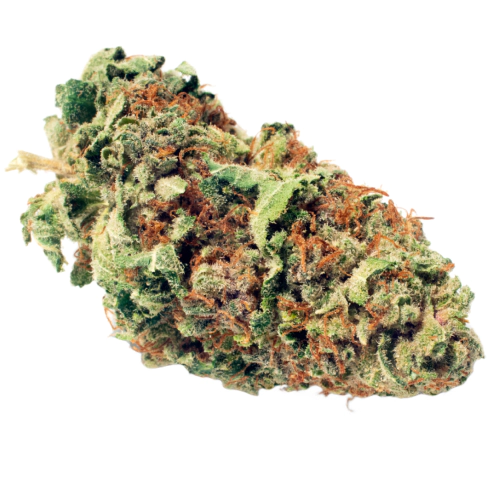

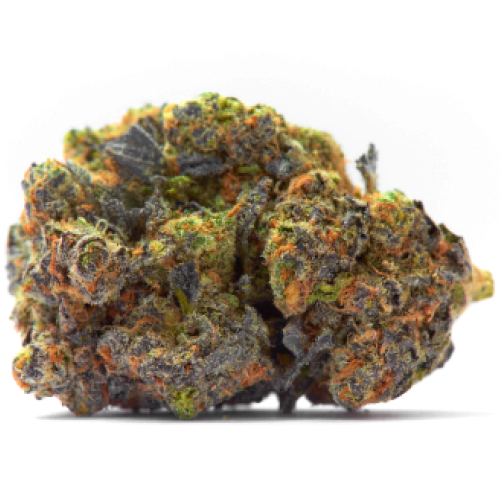

Be the first and share your opinion
Write a Review